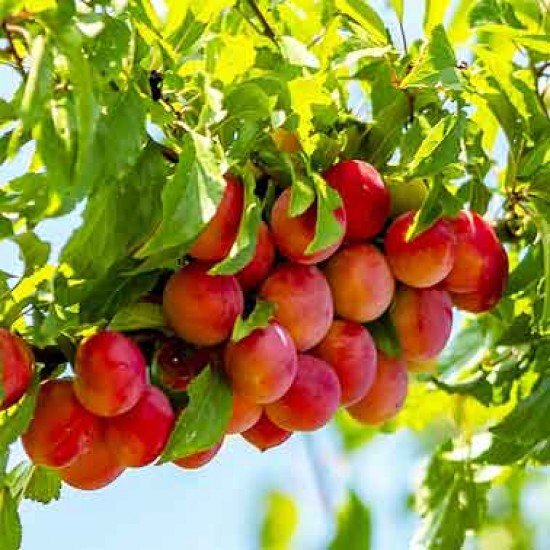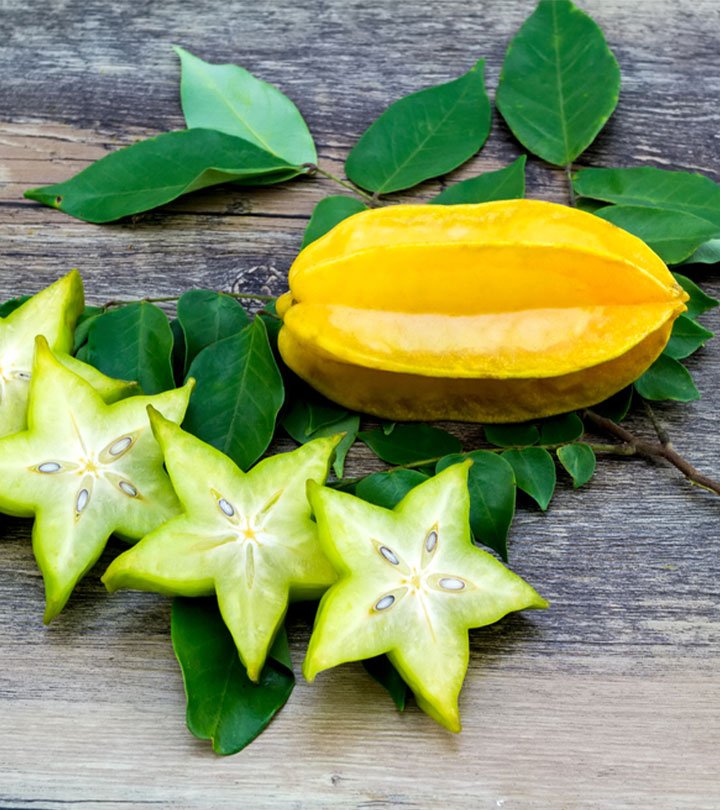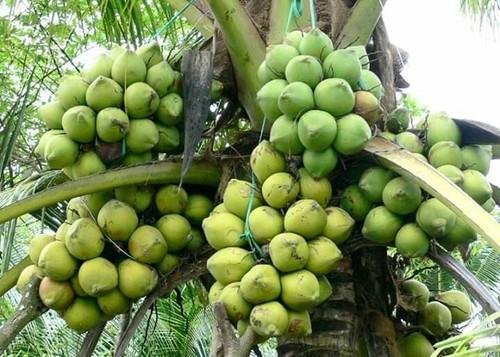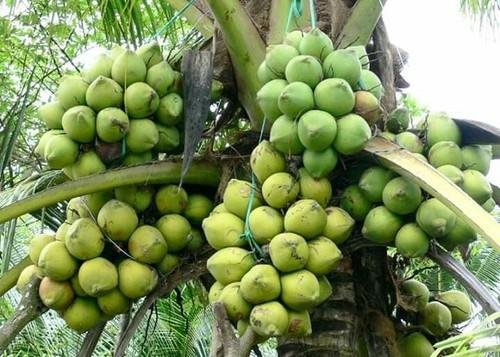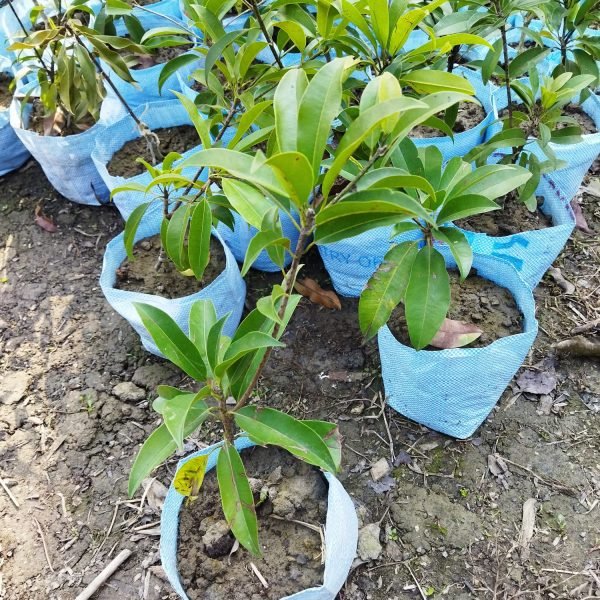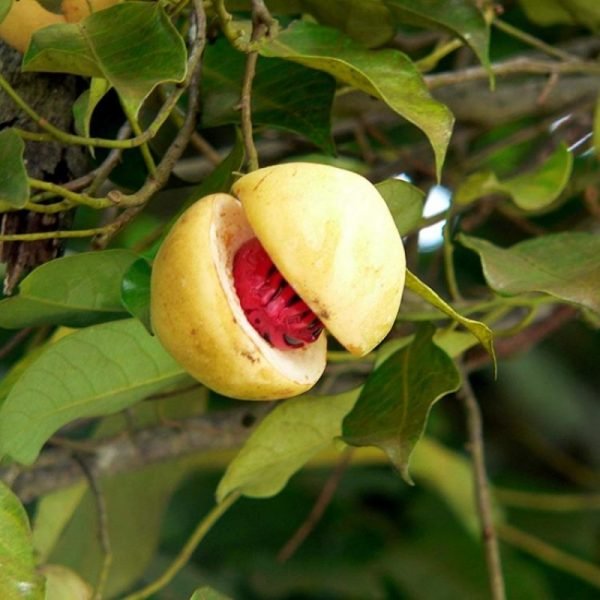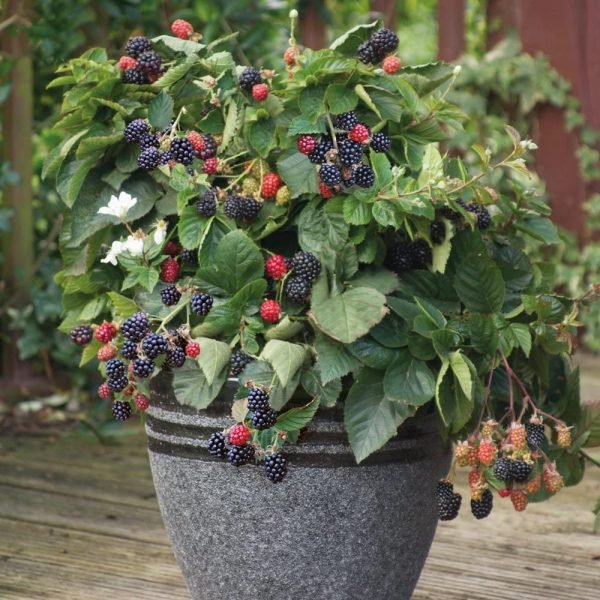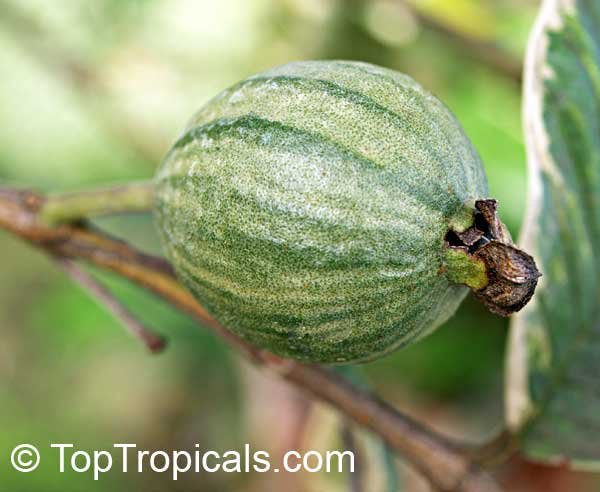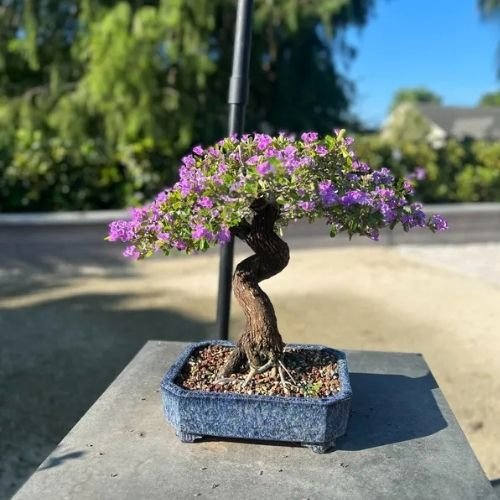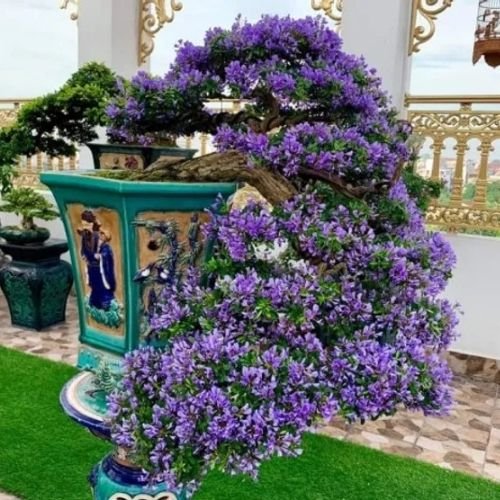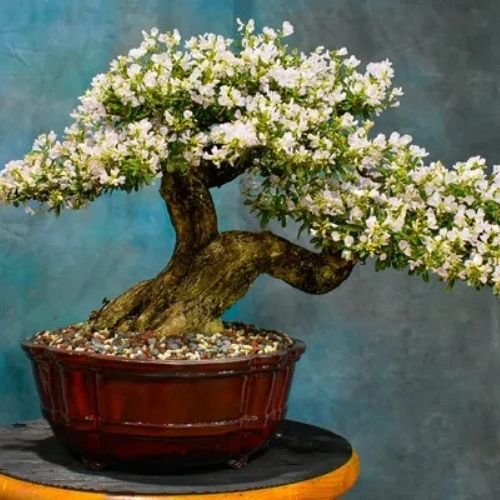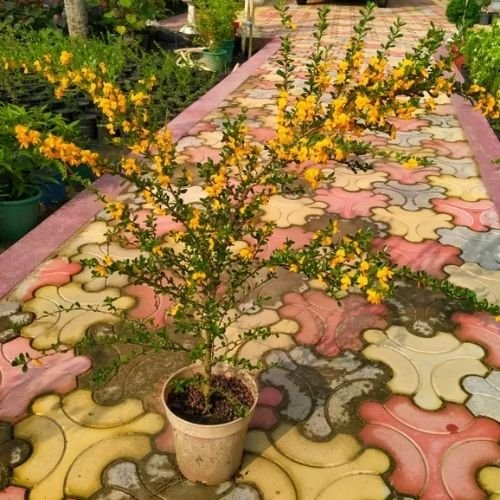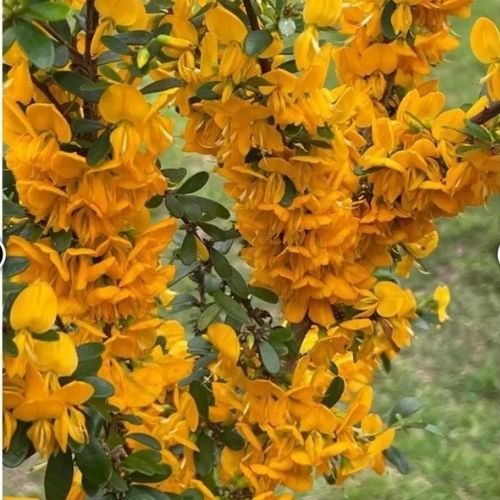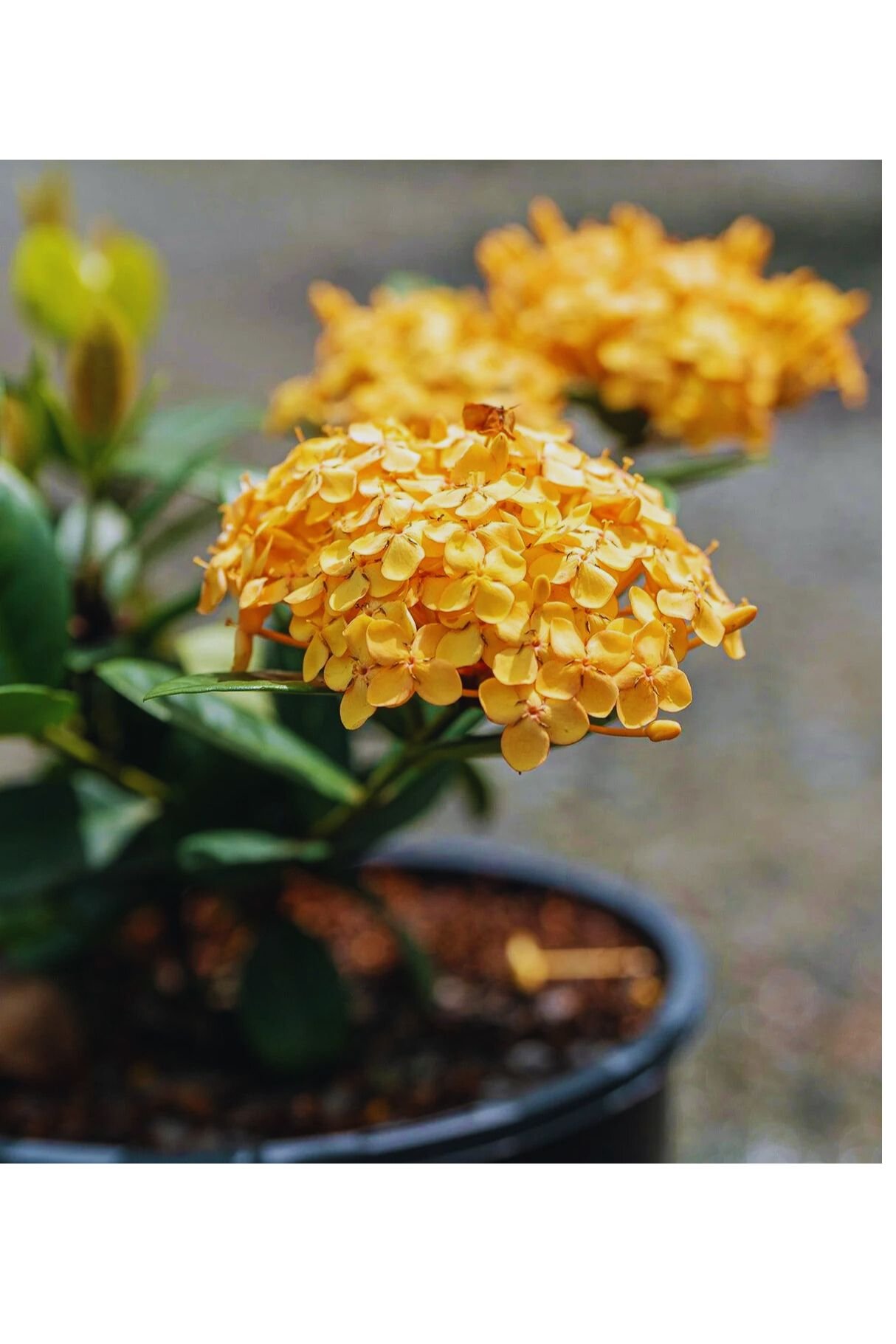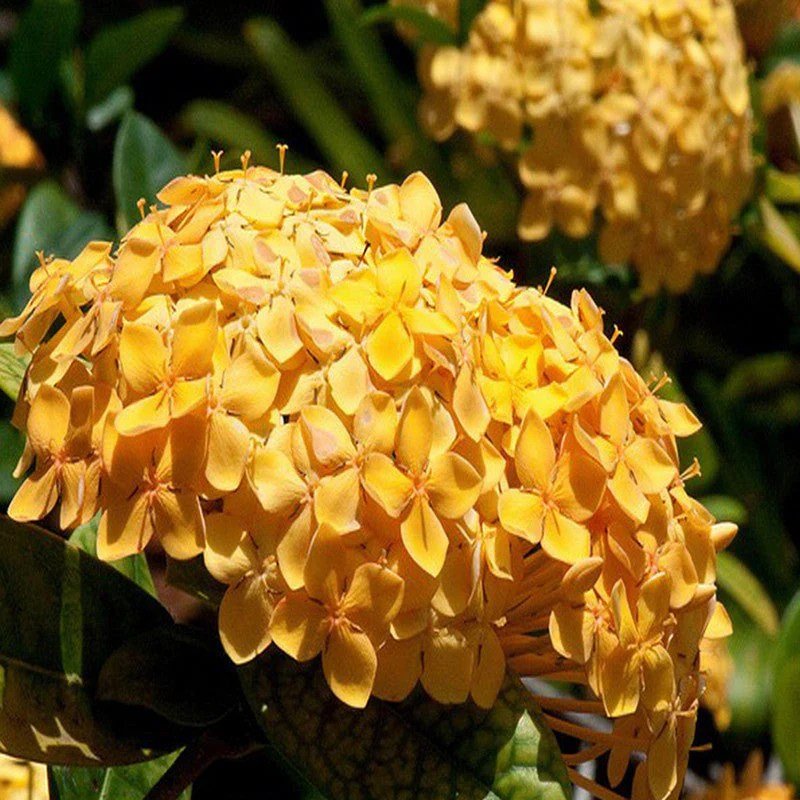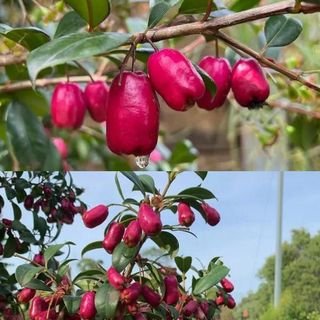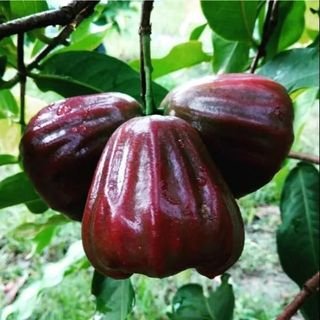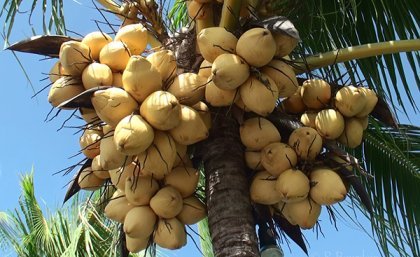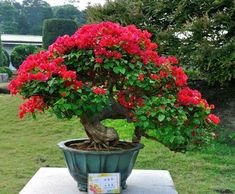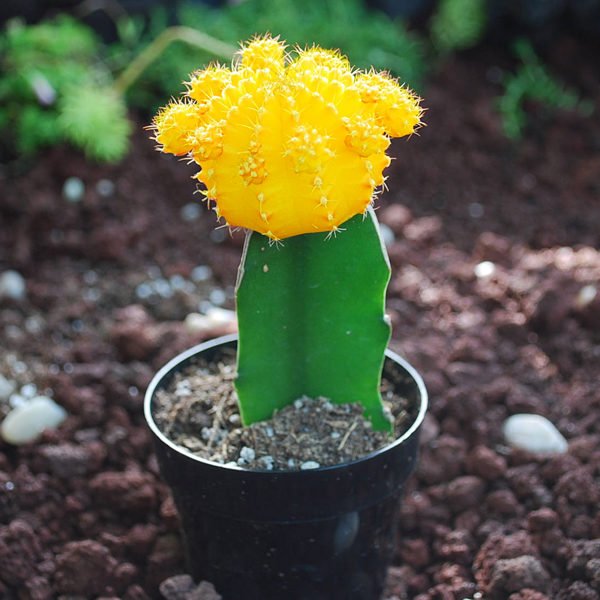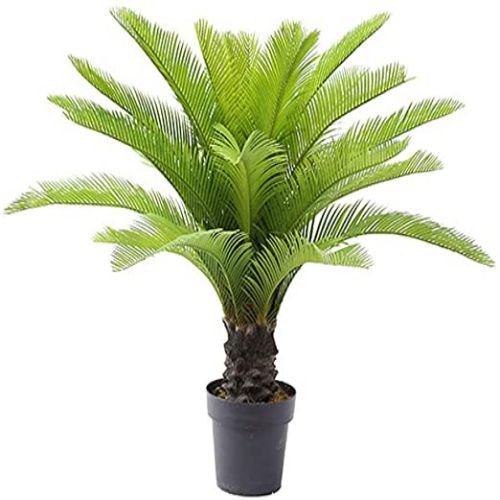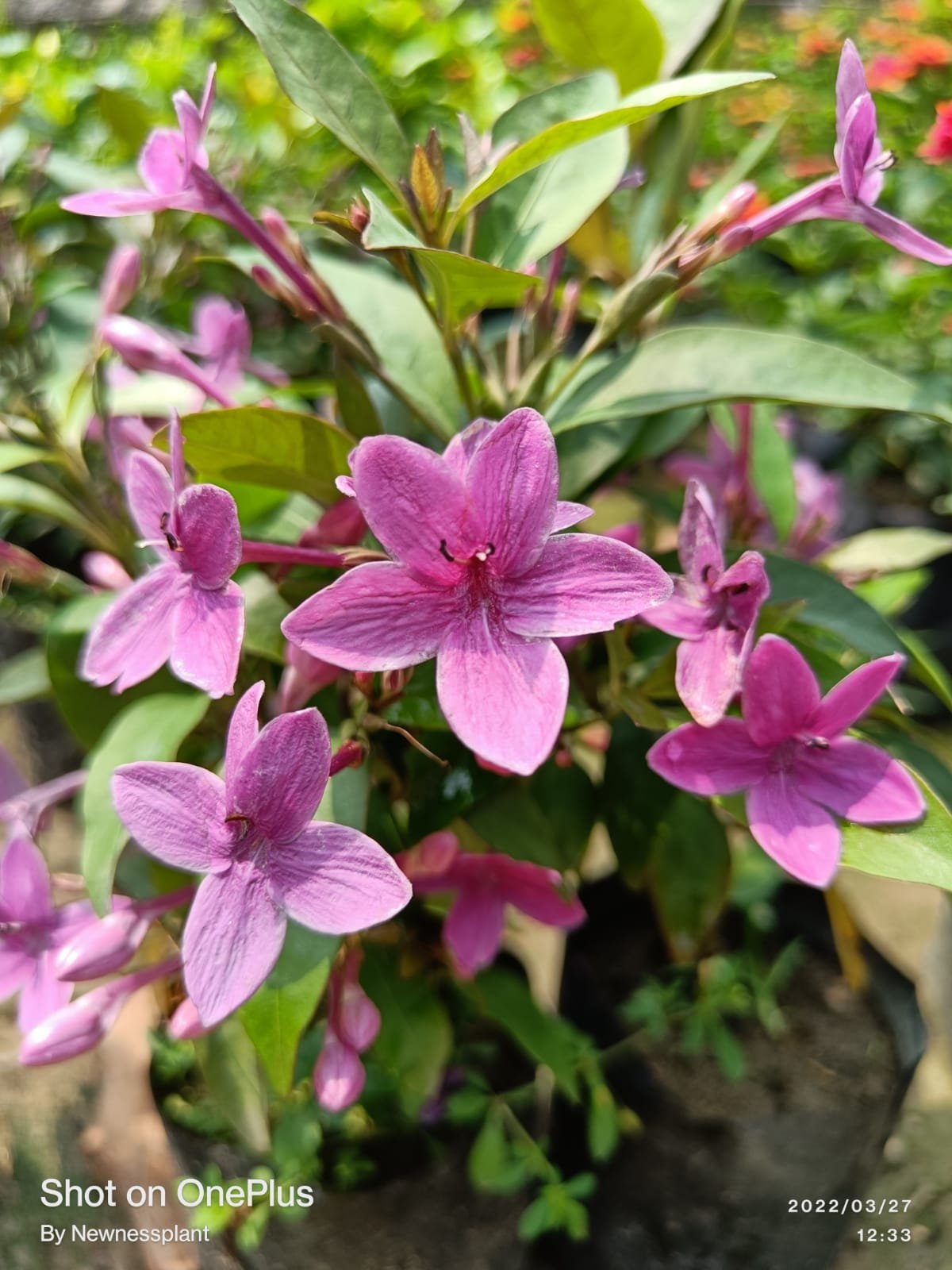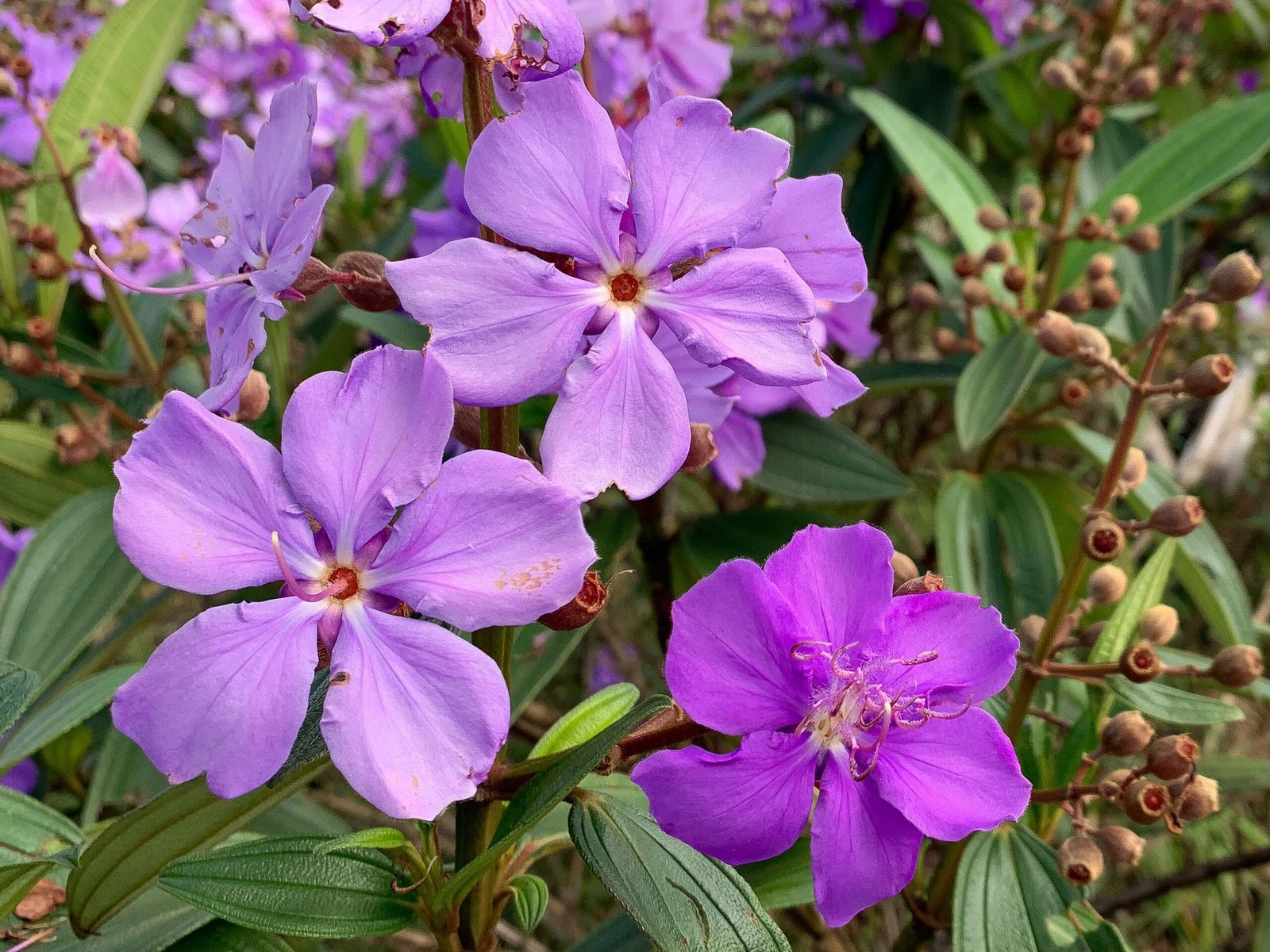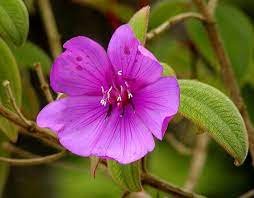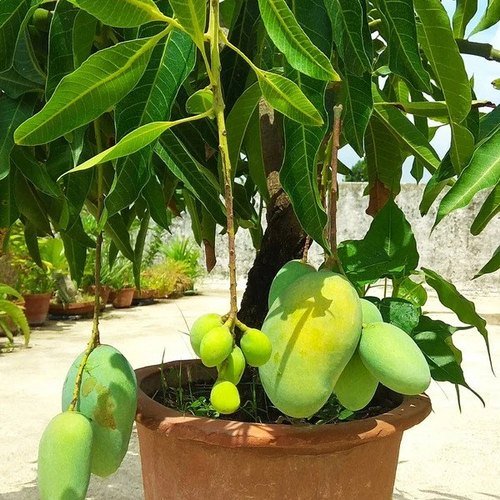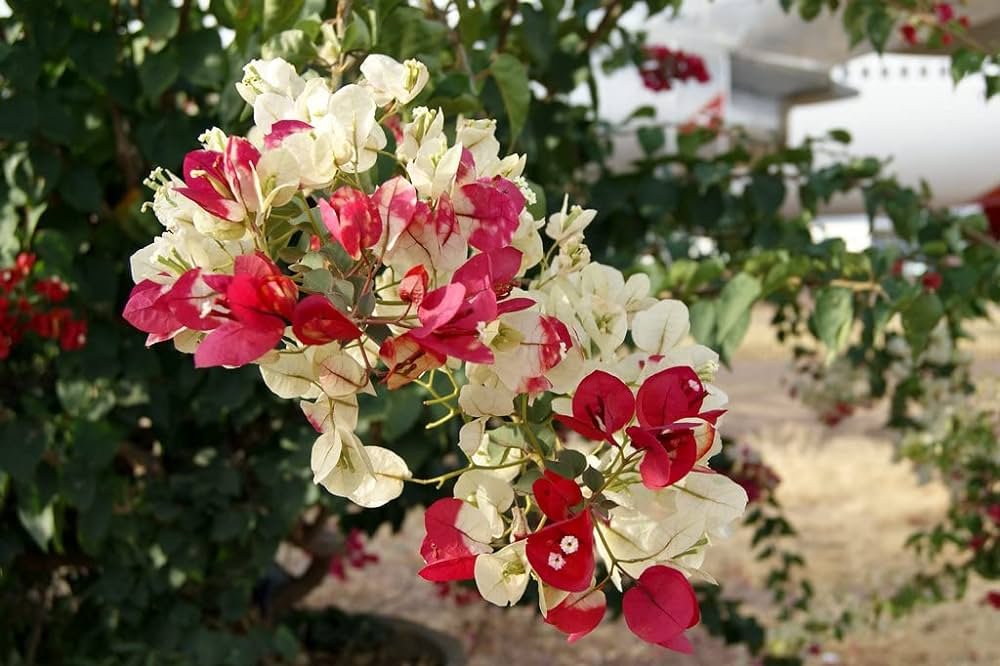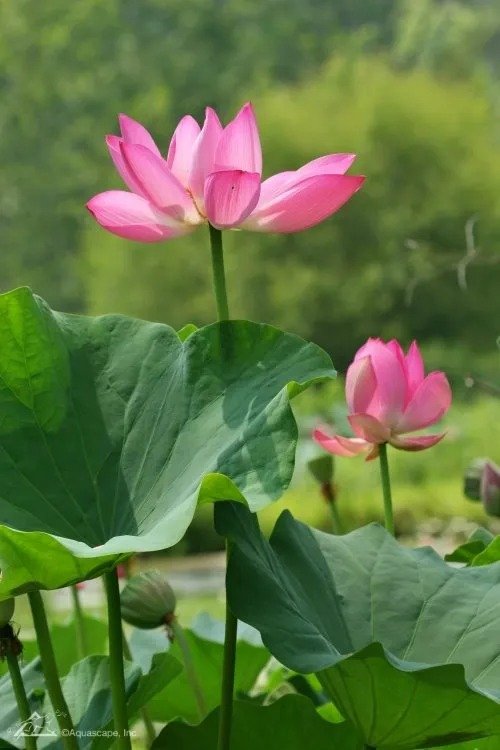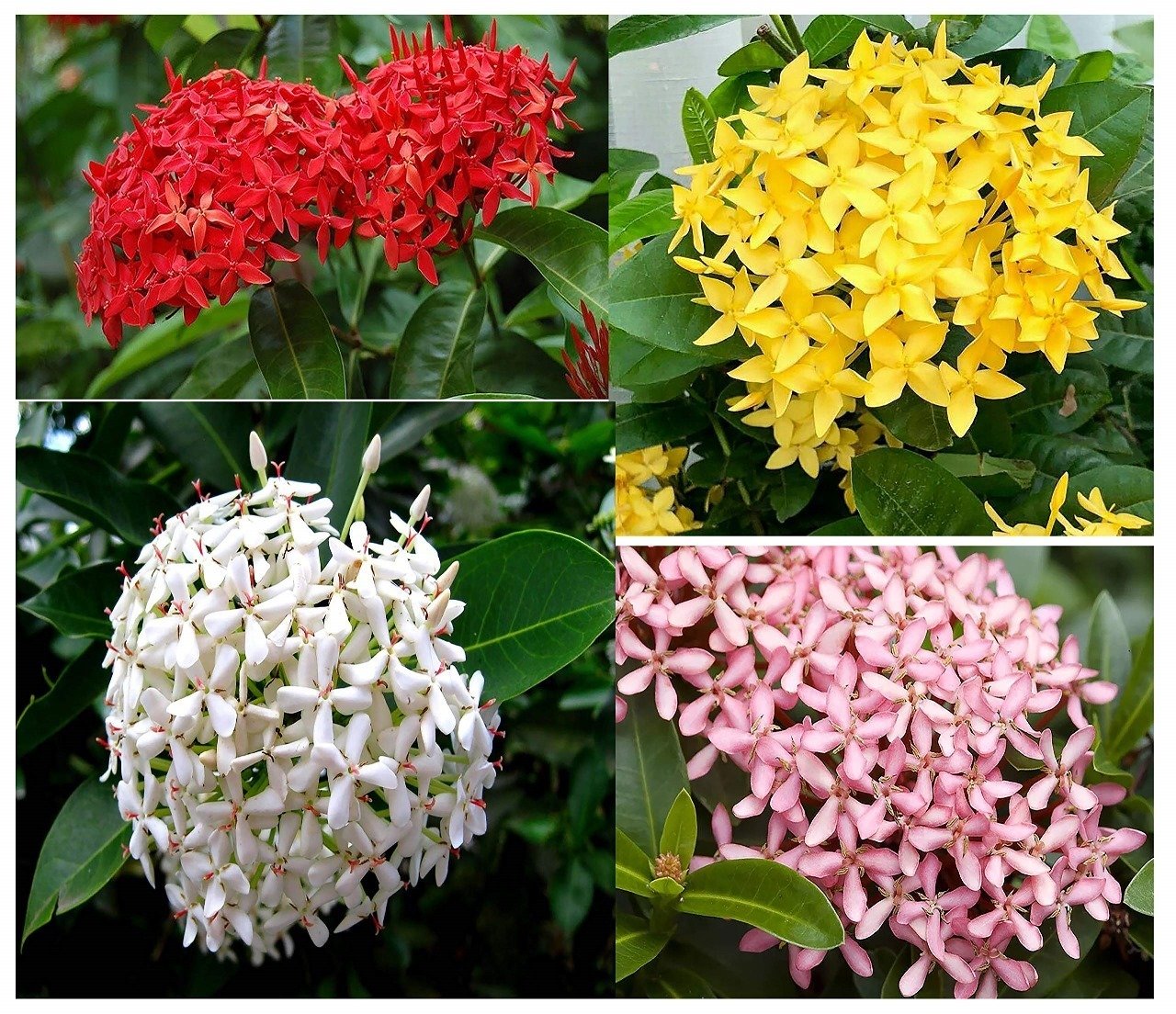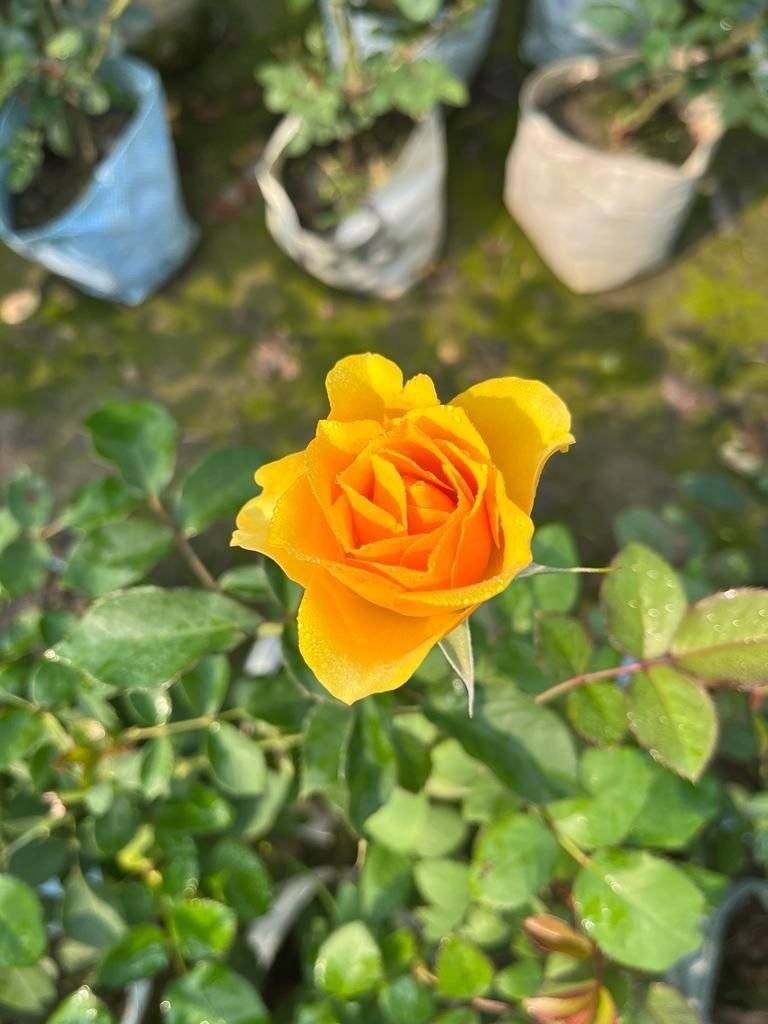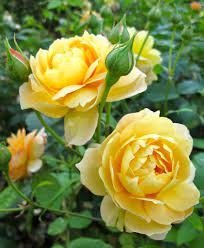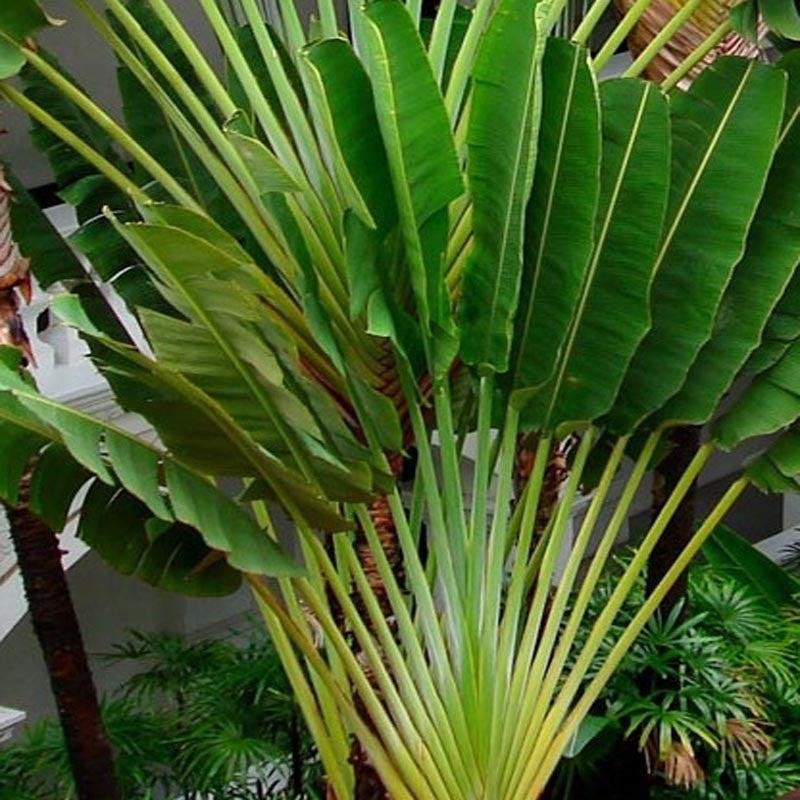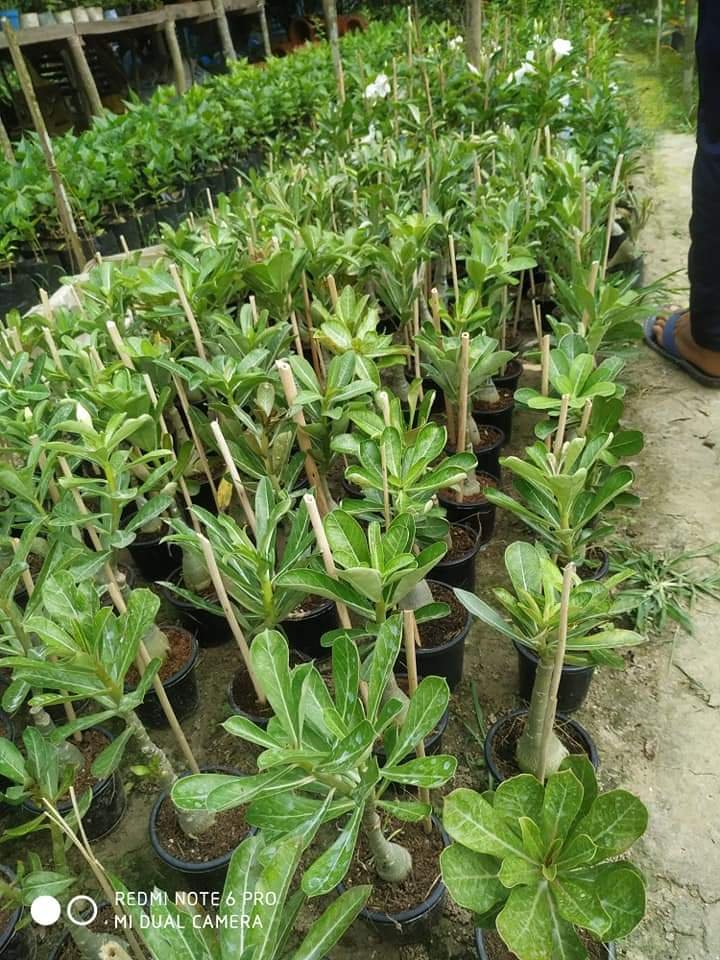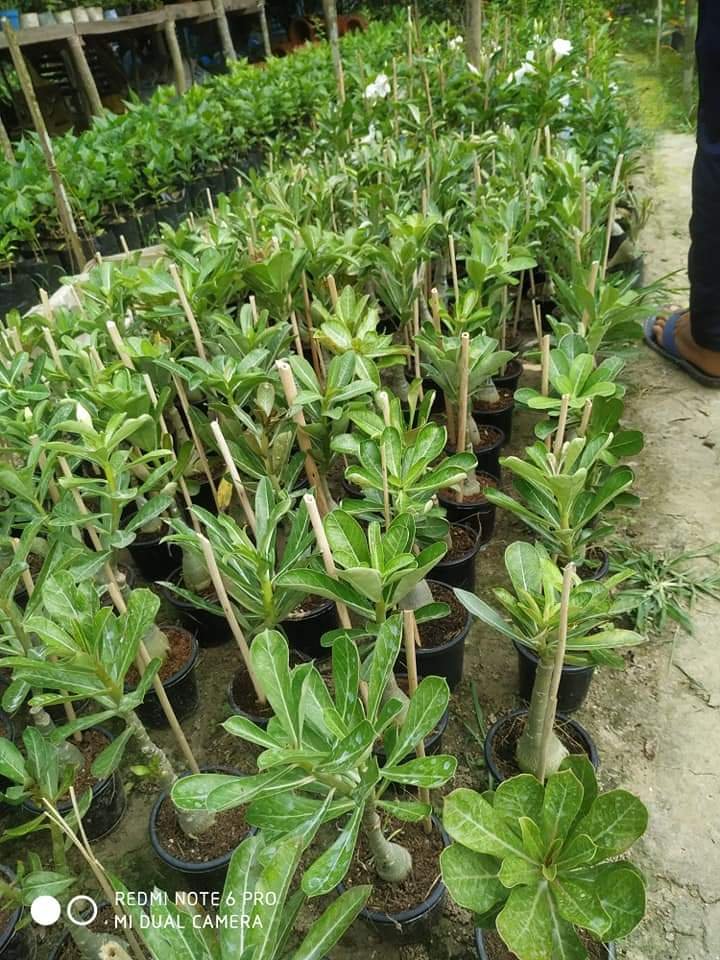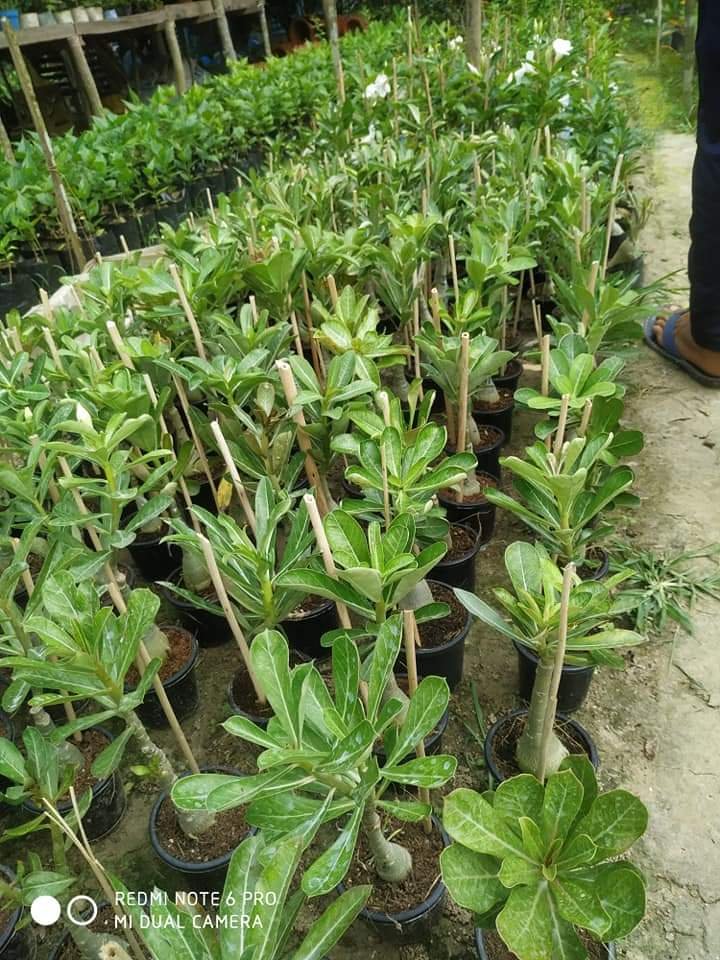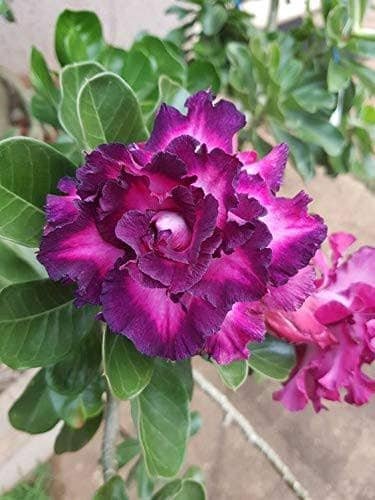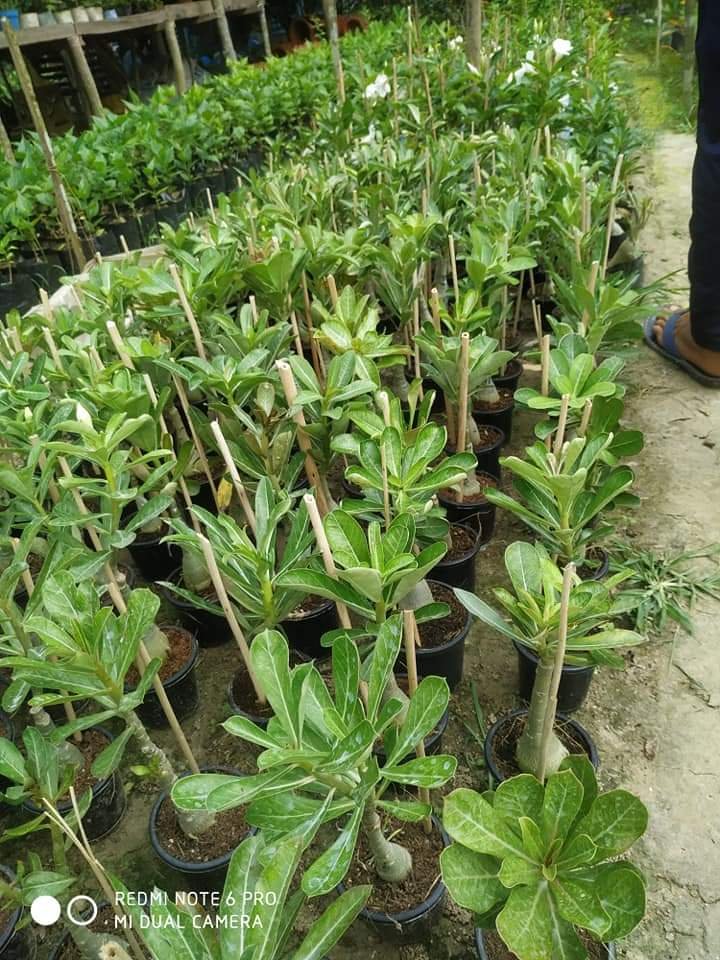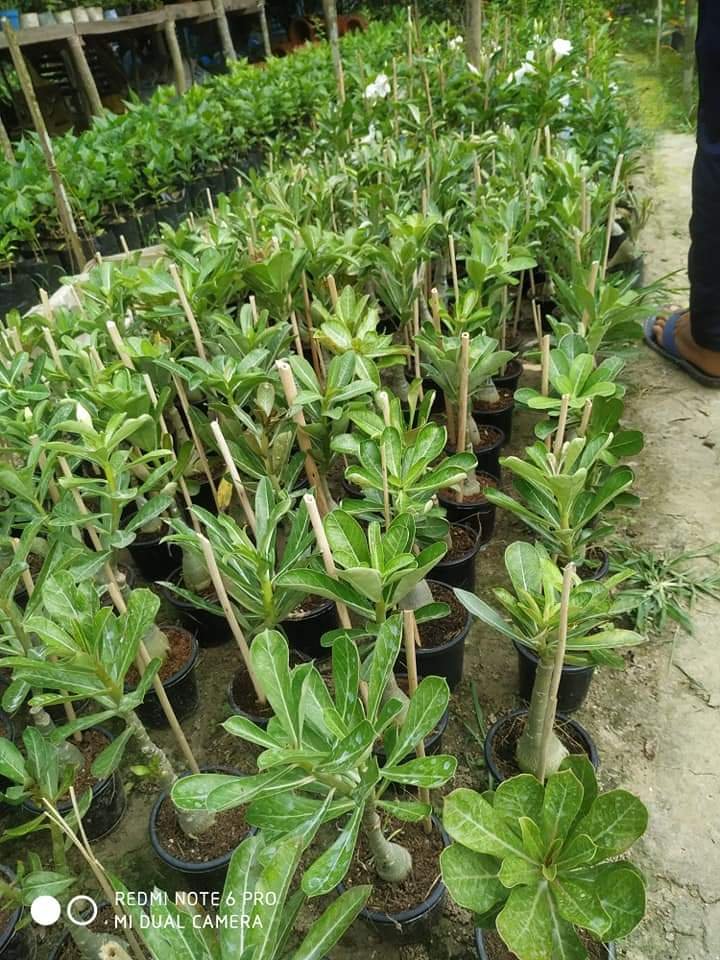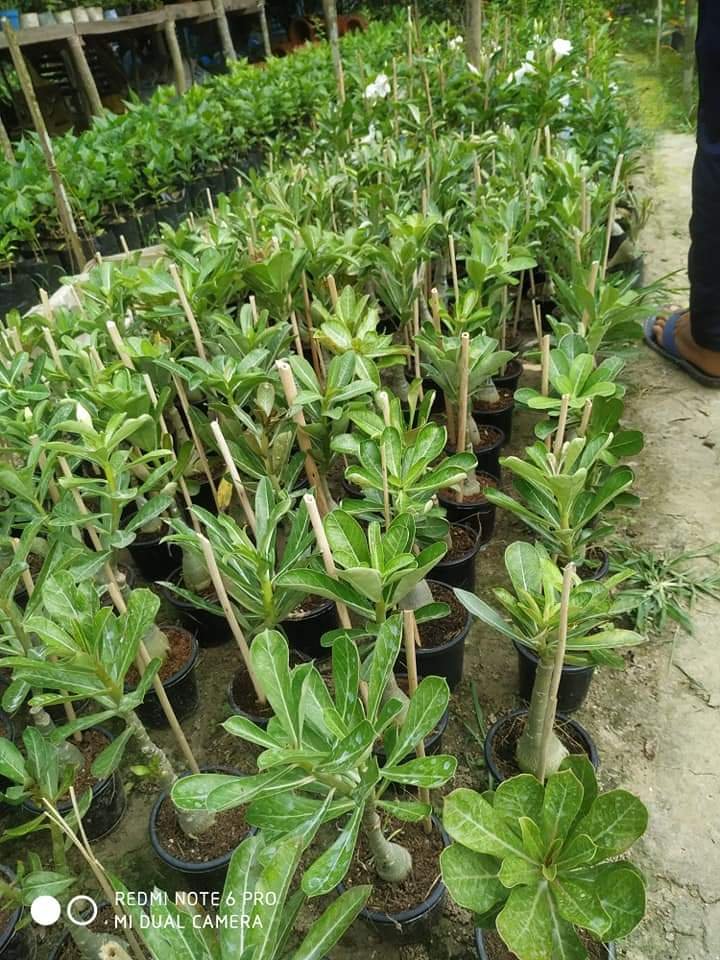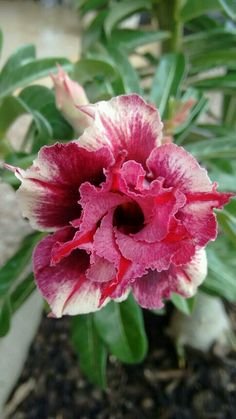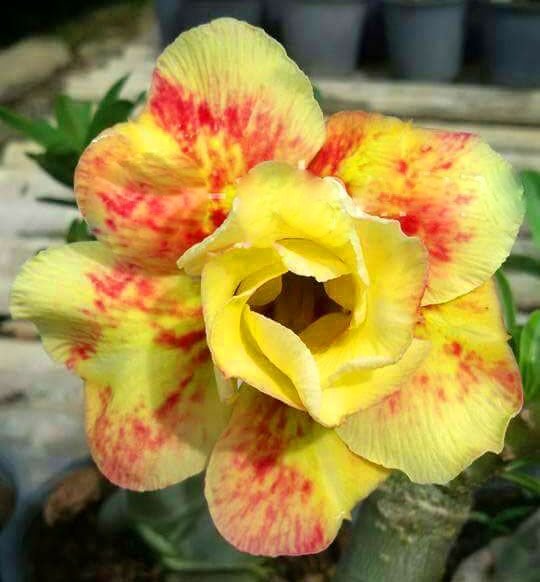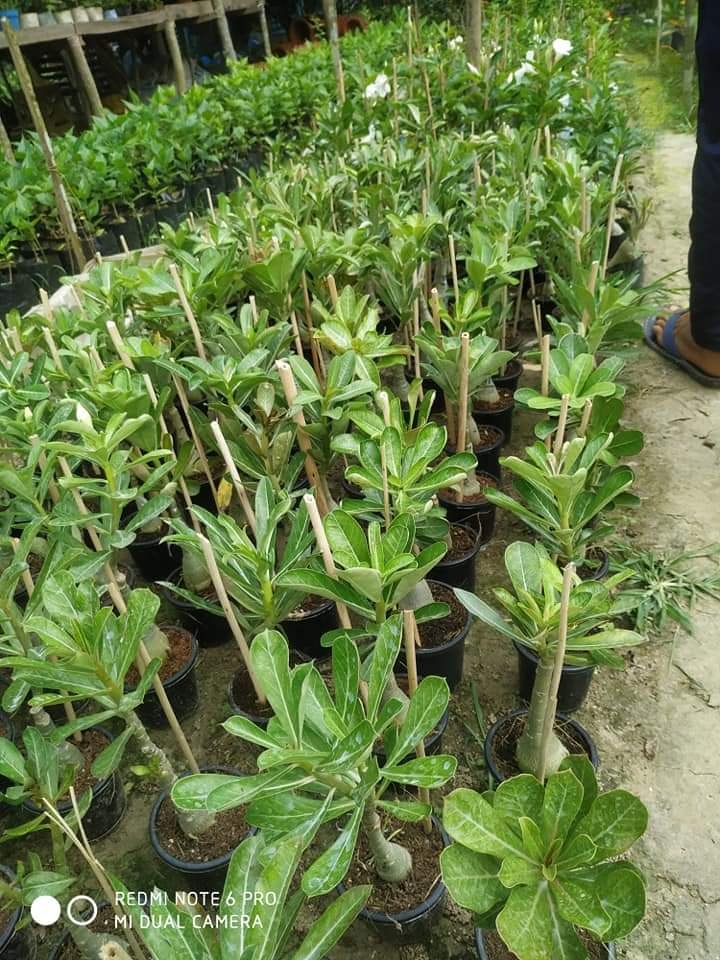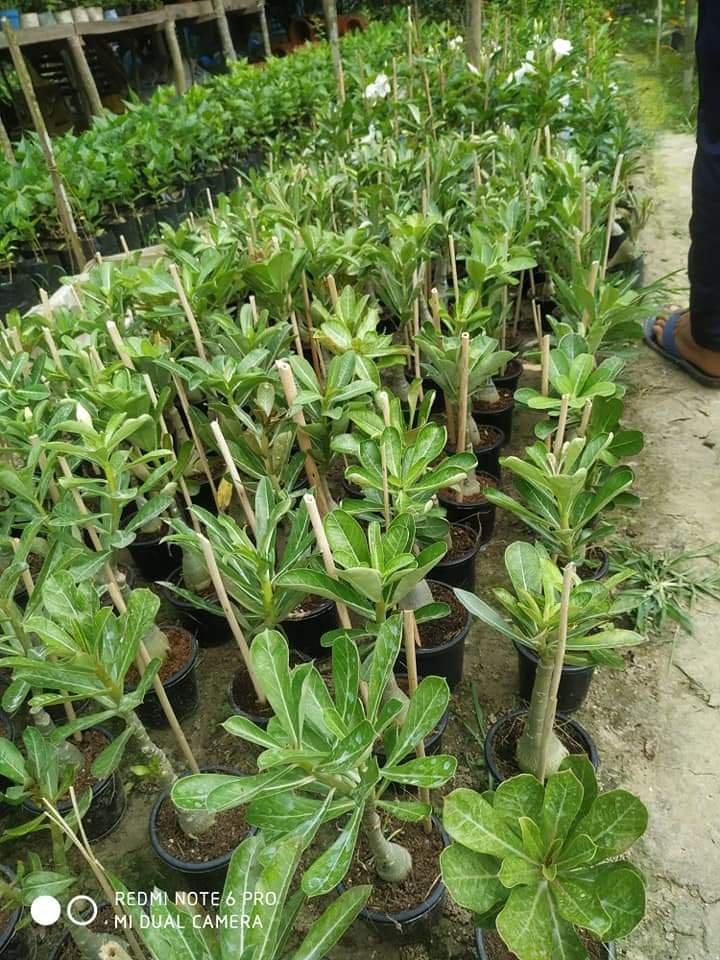A "Hybrid Alubukhra-dwarf Hot Climate Grafted Plant" is an interesting concept. Let's break it down:
-
Hybrid: This indicates that the plant is a result of cross-breeding between different varieties or species. In this case, it implies that there has been an attempt to combine traits from both Alubukhra (Plum) and a dwarf variety through hybridization.
-
Alubukhra: Also known as Alu Bukhara or Plum, this fruit is typically small, round, and often has a sweet-sour taste. It belongs to the genus Prunus. Plum trees are deciduous and are grown for their fruits, which can vary in color from red to yellow to purple.
-
Dwarf: "Dwarf" suggests that the resulting plant has been bred to have a smaller stature compared to its non-dwarf counterparts. Dwarf varieties are often preferred for their compact size, making them suitable for smaller gardens or container cultivation.
-
Hot Climate: This suggests that the plant is adapted to thrive in hot climates. Plants that are well-suited to hot climates typically have mechanisms to withstand high temperatures, conserve water, and thrive in arid conditions.
-
Grafted Plant: This indicates that the plant has been created through grafting, a horticultural technique where tissues from one plant (the scion, in this case, possibly an Alubukhra or Plum tree) are attached to the root system of another plant (the rootstock, possibly a dwarf rootstock). Grafting is commonly used to combine desirable traits from different plants or to propagate varieties that don't root well from cuttings.
Combining these elements, a "Hybrid Alubukhra-dwarf Hot Climate Grafted Plant" would likely be a tree that attempts to merge characteristics of both Alubukhra Plum and a dwarf variety through grafting. This could result in a compact-sized tree suitable for hot climates, producing fruits with the desirable traits of Alubukhra plums. Such a plant could be beneficial for home gardeners or commercial growers in hot regions interested in growing plums in limited space or challenging environmental conditions.





